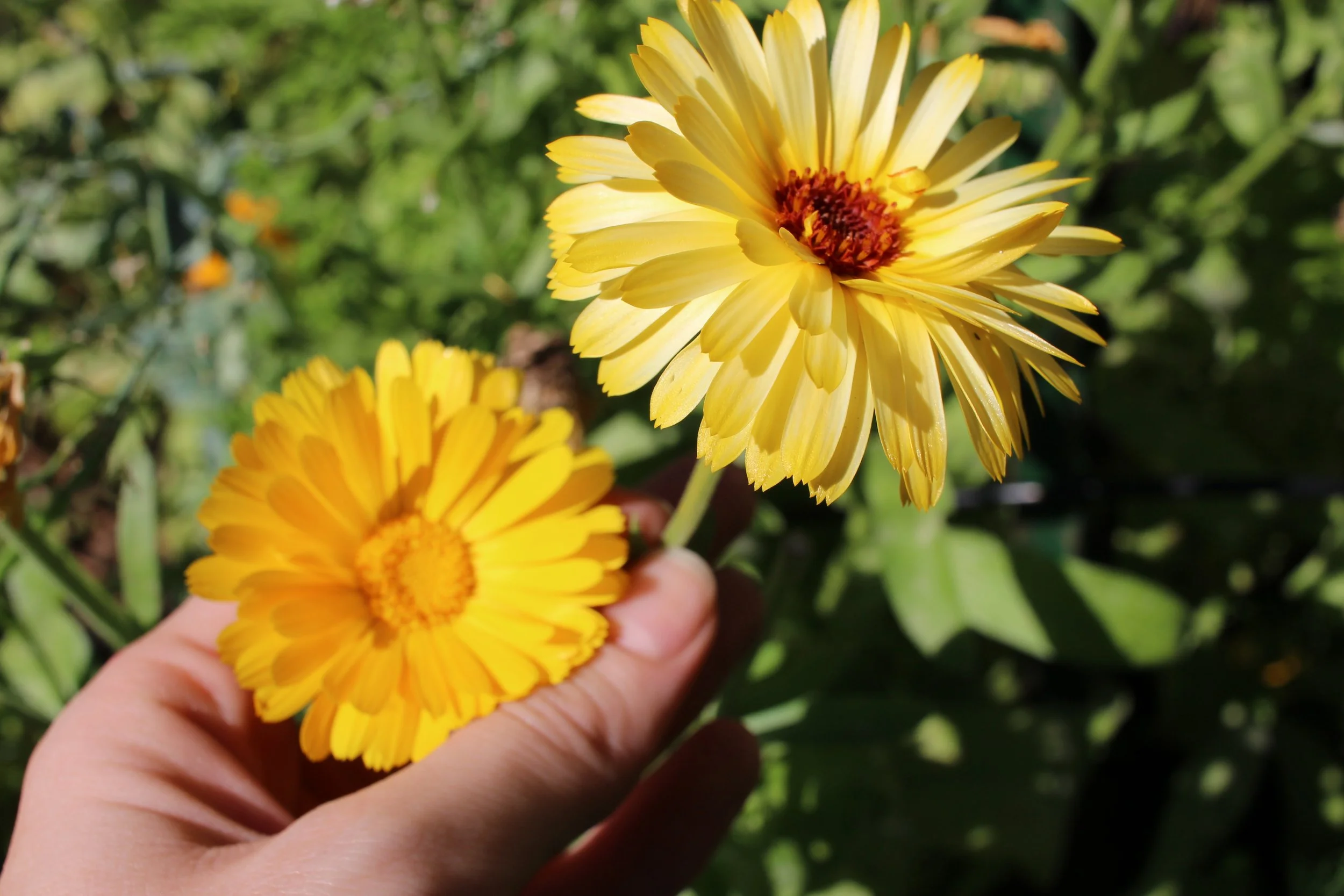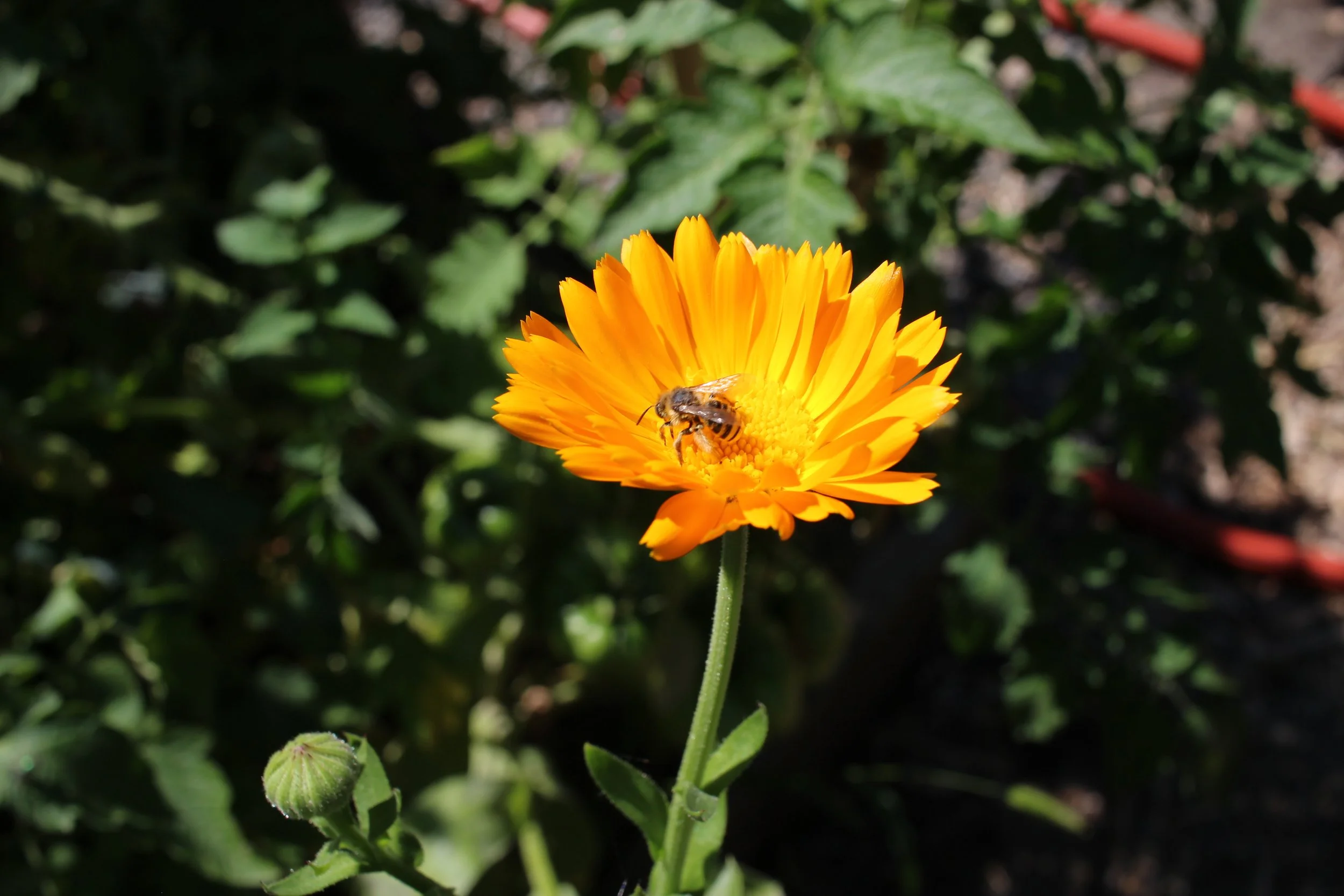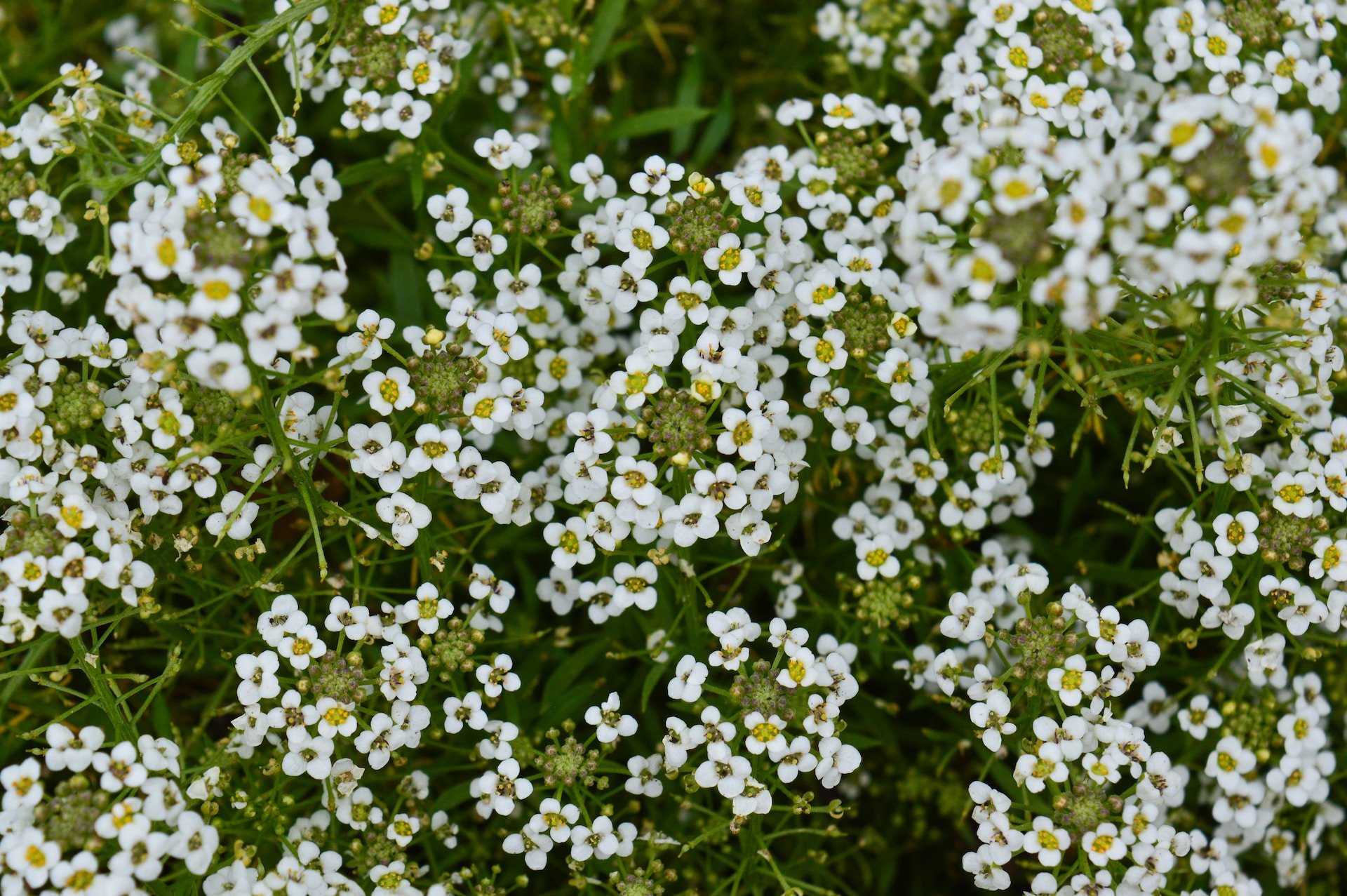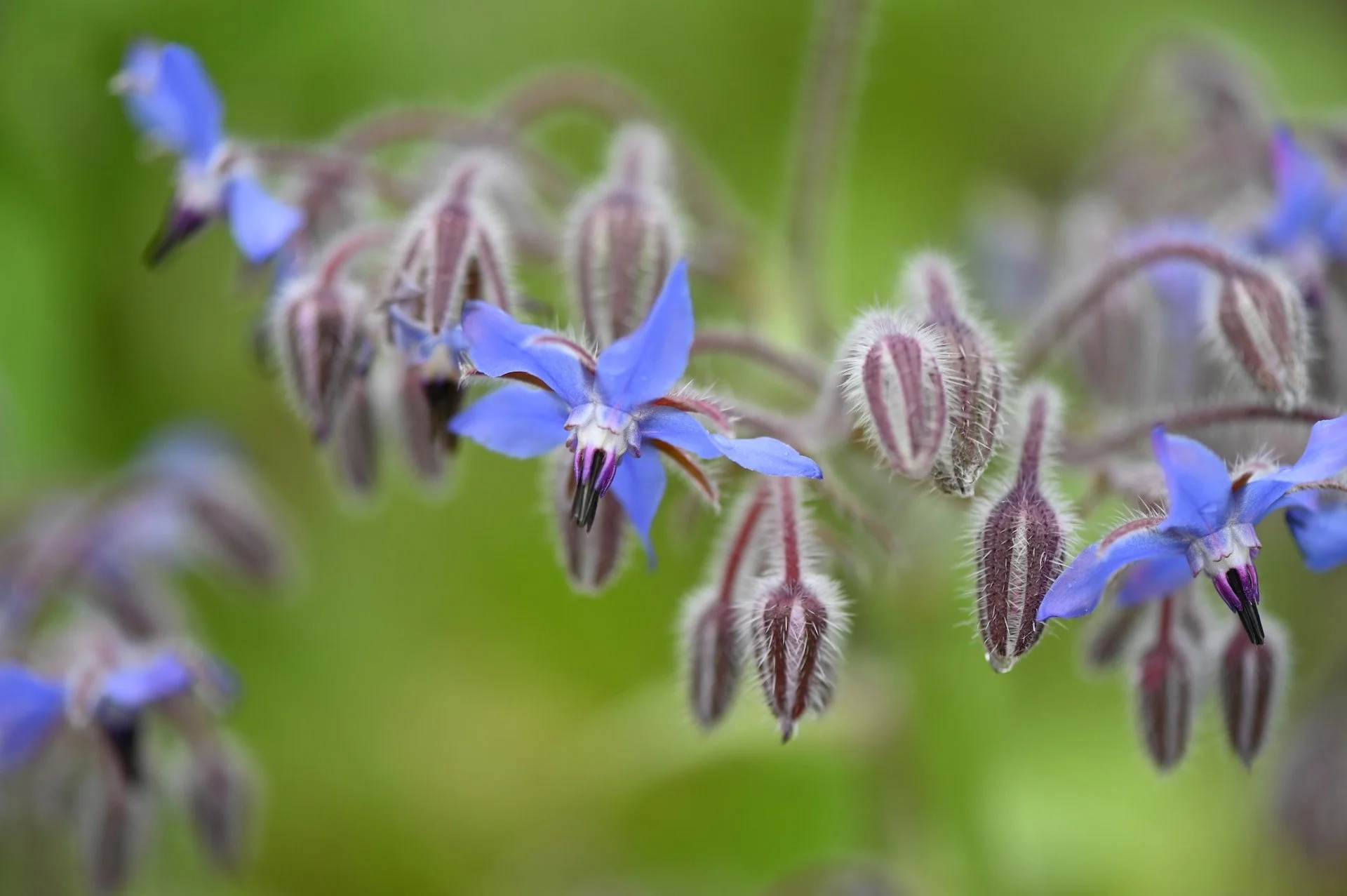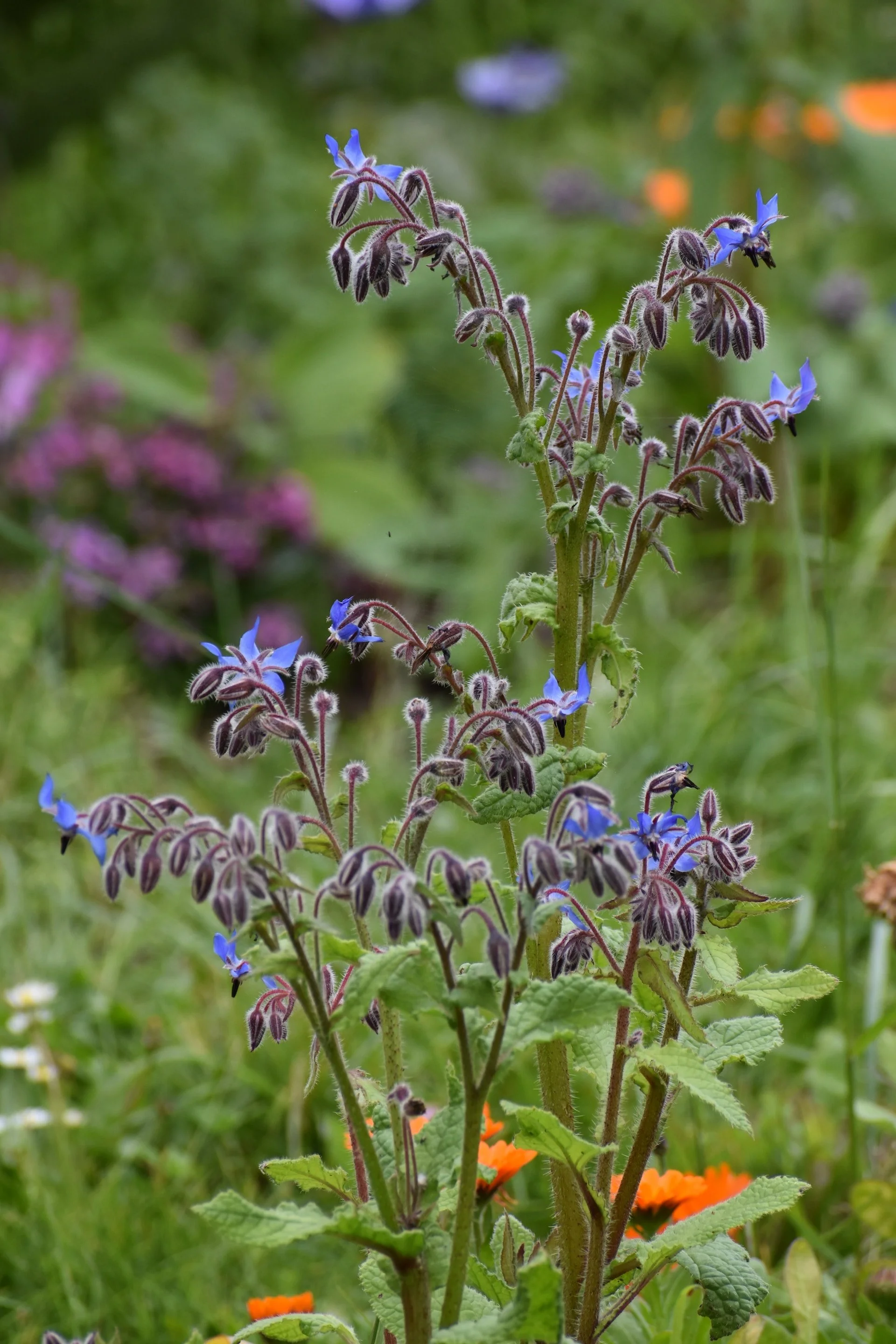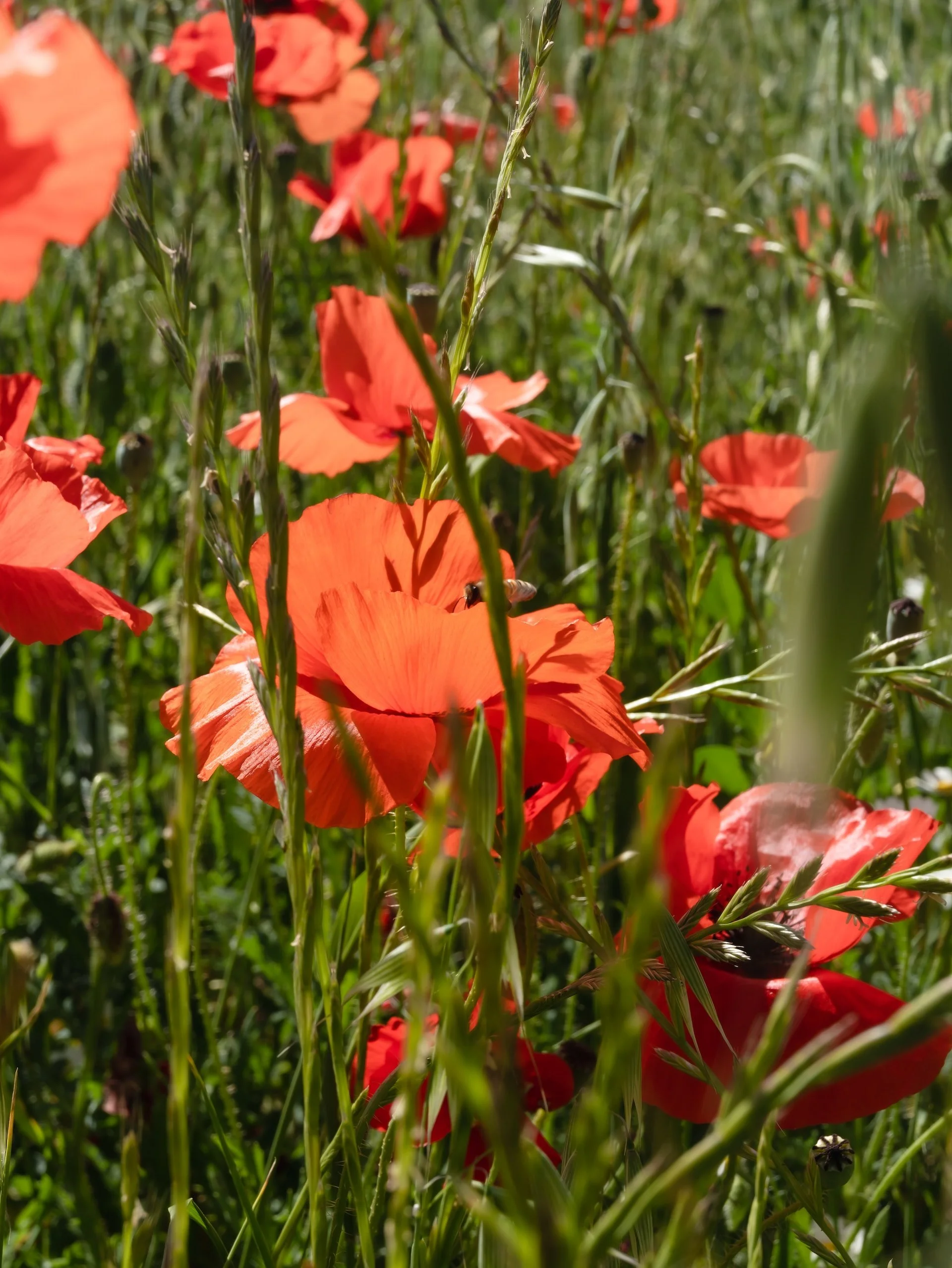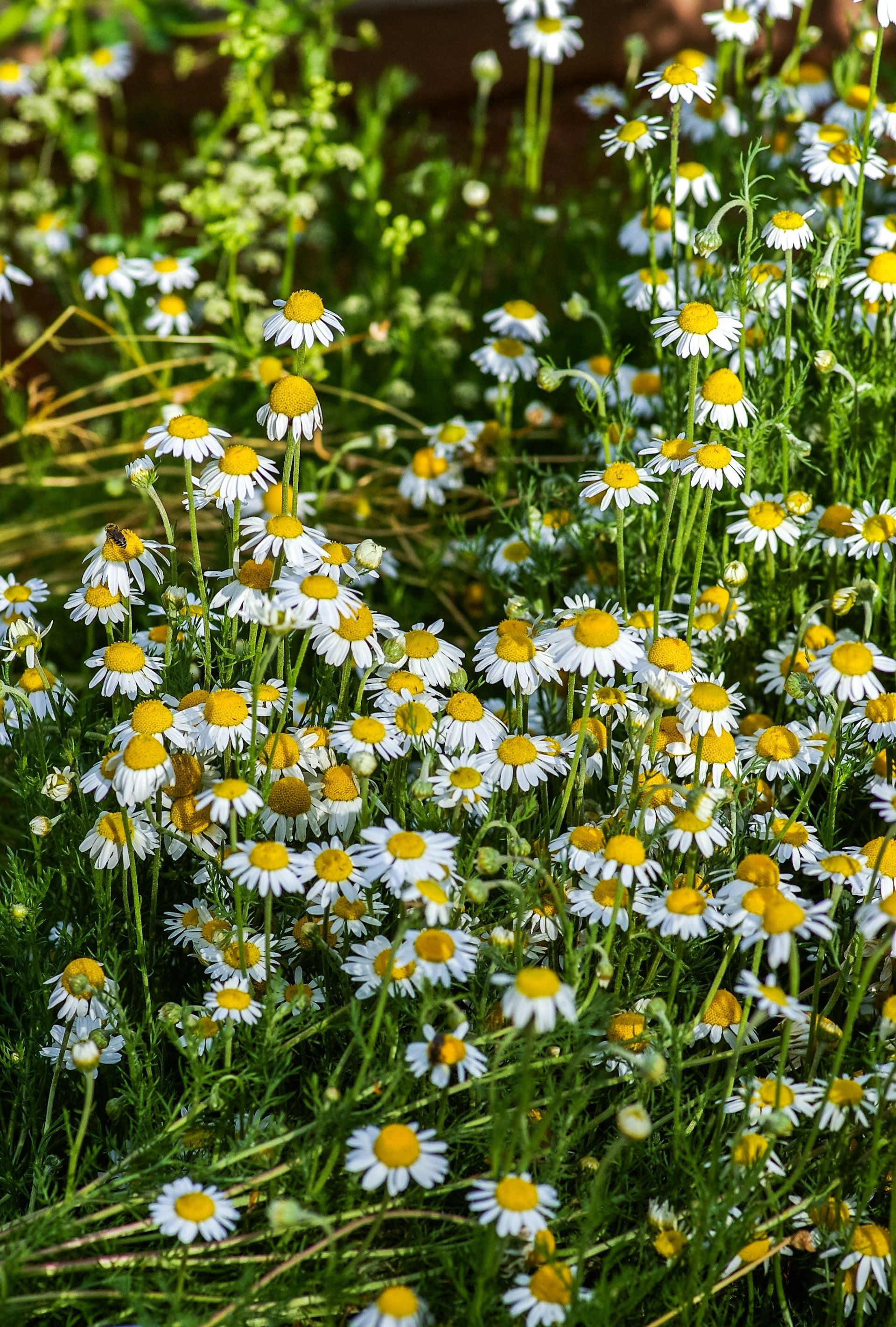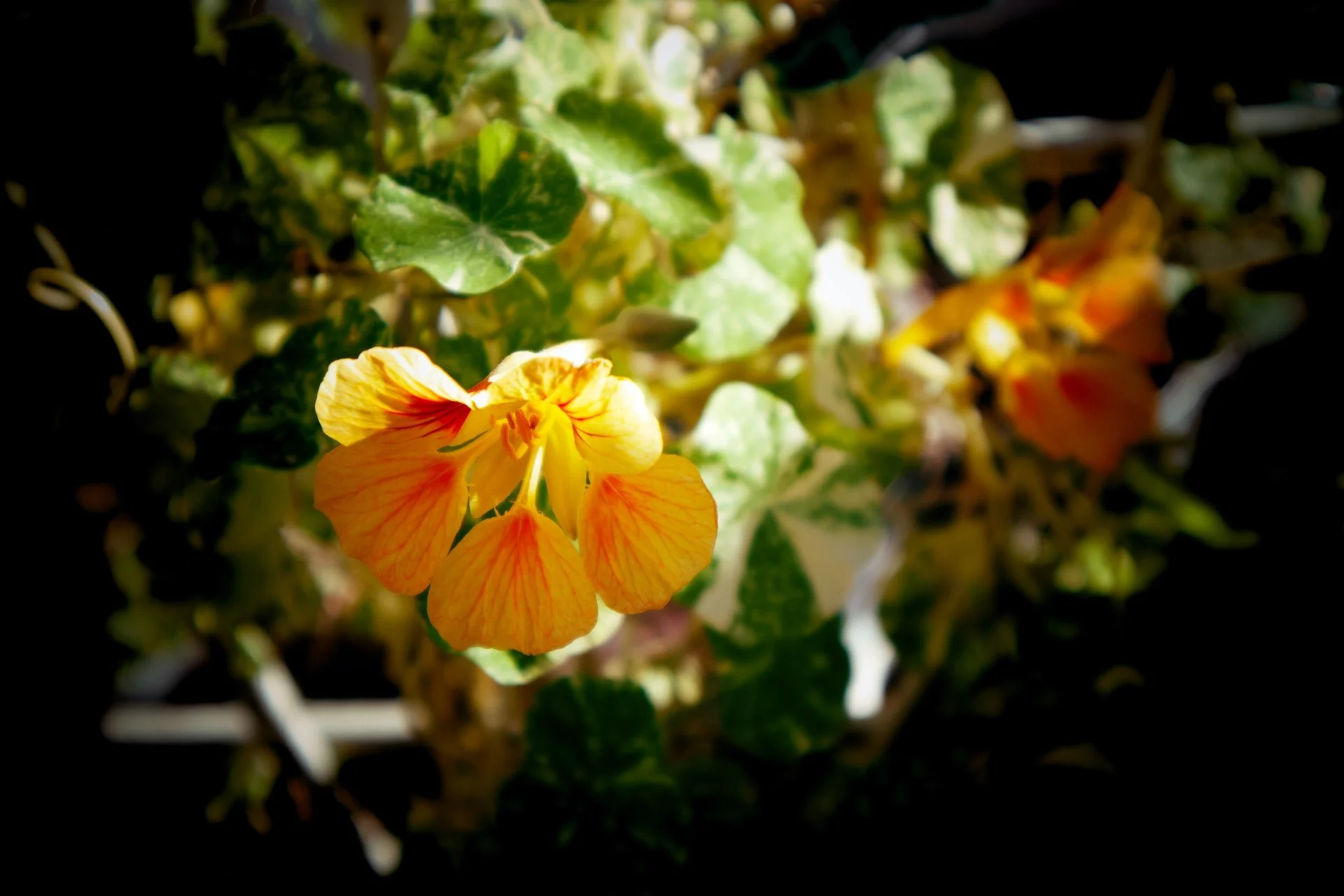5 Power Flowers for the PNW Garden 🌸
What makes a powerhouse flower? All of the badass flowers in this post are self-sowing, medicinal, attract pollinators and offer captivating visual interest to your garden year after year with little maintenance. Self-sowing annuals are low maintenance, you plant them once and they will plant themselves for you year after year. Whether or not you use plants in your garden for herbal properties now, you may want to some day, and the benefits of incorporating powerful plant allies into your health regime can’t be understated. The beautiful blooms on these plants attract pollinators to your green space that service the other plants in your garden. Many of us only have so much room in our gardens or even more so - only so much space with the sun needed to grow flowers, so it makes sense to me that we would want plants that can “do it all.”
Calendula officinalis
I’m going to make a bold statement here and say calendula should be growing in every PNW garden. Ditch the regular marigolds (or keep both) for these
multitasking “pot marigolds” which are actually of a different family entirely but also sport a variety of colors from yellow to orange to even pink in some varieties. These flowers are very easy to grow, simply throw some seed in the spring over fertile ground with at least a few hours of sun a day and you’ll be rewarded with months of blooms. If you pick the flowers the plant will produce more and ours have delighted us from spring to fall- providing edible and medicinal material the whole way as well as looking pretty cut for a bouquet.
The easiest way to access the medicinal properties of calendula is by drying the flowers and making a tea, you can also sprinkle the petals on salads or quiches. Calendula is an anti-inflammatory and antioxidant herb used topically to treat minor cuts and burns or as a salve or oil for skincare or taken internally to help the body heal and balance from the inside out. And the bees are obsessed with it!
Lobularia maritima
You may have heard of this plant by its common name, sweet alyssum or it’s descriptive nickname carpet flower. Typically with small white flowers (although you can find purple and pink varieties too) that readily self seed, this plant loves to take on ground cover duty, creeping alongside pathways, flanking flower borders or spilling out of containers or hanging baskets.
Native to the mediteranean coast, alyssum is well adapted to our maritime climate in the PNW and is known for thriving in sandier soil and needs good drainage. It prefers a spot in the garden with 4-6 hours of sunlight and in our experience does well planted over arborists chips (which if we have been working together is likely quite a large portion of your green space.) These plants are fast germinators, often popping up within 2-3 days when planted after risk of frost has passed.
The sweet flowers can be used dried or fresh in teas which support kidney function and help ease colds and coughs with its astringent properties. Also looks stunning as a decorative topping on summer cakes and other deserts!
Borage officinalis
Borage is the pollinator party plant. From early summer to the first frost our beautiful patch of blue star flowers hums with bees and butterflies. Painted lady butterflies in particular like to use borage as a host plant to lay their eggs.
While borage does everything the other powerhouses do it has one more star quality: it’s a powerful soil remediator. With a long tap root that reaches deep into the ground, borage pulls up minerals and nutrients not accessible to other plants which are added to the soil when the leaves are mulched at the end of the year. These roots also help with water drainage later when they rot and leave channels open.
Borage is famous for it’s fast growing, wide leaves (similar to comfrey) which have variety of benefits. The leaves provide erosion cover (like an umbrella!) early in the growing season that protects the ground from harsh spring rain that can wash away the soil. The leaves also shade out the ground, supressing weeds. Finally, they make an amazing green mulch. At the end of the year, we cut down the plant and distribute the rich leaves over the bed. For these reasons borage is often used as a cover crop.
Oh and yes, you can eat the flowers and leaves, use them for teas, poultices and homemade skin care products with ant-inflammatory properties like calendula.
Papaver somniferum
Chances are good that you already grow California poppy in your garden. The cheerful orange flowers are popular in PNW gardens for a reason- but I wanted to put their often overlooked sibling in that spot instead. Breadseed poppies or opium poppies come in a diverse array of vanities, especially when it comes to the size and color of the seed heads and the blooms. We like to grow about 5 different kinds but my top recommendation for those new to growing these beautiful flowers is the Food Not Lawns Poppy Remix (organic, heirloom) by local seed company Adaptive Seeds. The smaller poppies produce a brilliant array of white, purple, pink, red and deep magenta.
With any variety, after the flowers bloom they close into iconic round seed heads. You can let them dry on the stalks and then pick them for the easily accessible seeds inside to use in baking or in tea for sleep aid and relaxation. Leave at least a few to self-sow or have fun spreading them yourself!
Matricaria chamomilla
You have likely already enjoyed the relaxing benefits of German chamomile - perhaps without knowing you could be growing and harvesting your own! These beautiful little mini-daisies serve a variety of purposes before they make it to your mug.
Asides from attracting bees, these also make excellent companion plants to tomatos because they bring lady bugs into your garden which will in turn eat the aphids trying to gobble your veggies. They also have anti-fungal properties, which means planting them near apple and other fruit trees will help protect against fungal infection. Planted with other herbs like basil, rosemary and mint, chamomile helps stimulate their oil production- making the near by aromatics more powerful in your cooking. Chamomile has also been known to deter pesky mosquitos, making them an excellent candidate for deck or outdoor lounge area containers- keeping you company on buggy summer evenings.
Similiar to borage, chamomile produces lots of mineral rich green foliage which should be cut at the end of the growing season and dispersed in your garden beds as a luxurious green mulch. We love this multitasking super star!
Notable Mentions:
For the sake of keeping this blog post concise I am going to end the list here, but if you’re looking for more powerful flower allies, look into echinacea, nasturtiums and cornflowers while you’re at it! Let us know if you have any favorites that should be added to this list.

